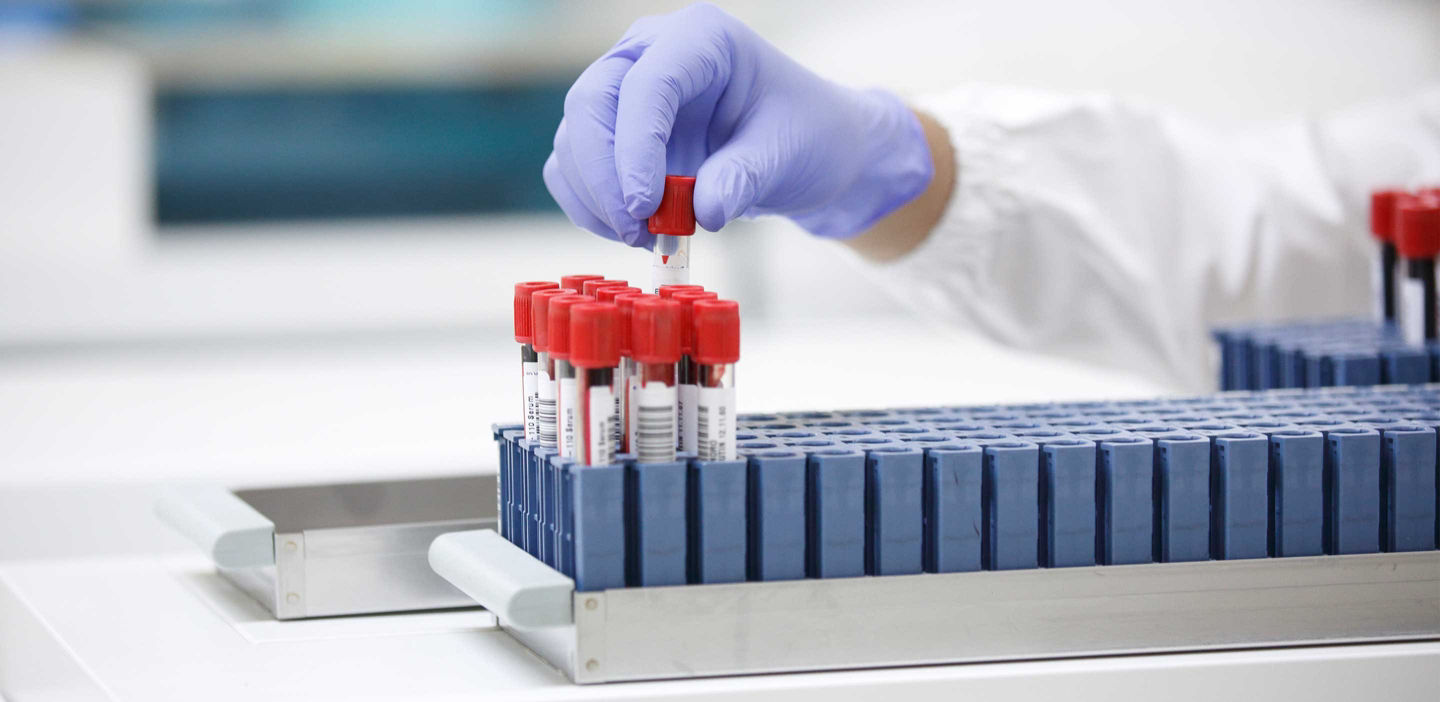Elecsys® Anti-SARS-CoV-2 is an immunoassay for the in vitro qualitative detection of antibodies (including IgG) to SARS-CoV-2 in human serum and plasma. The test is intended as an aid in the determination of the immune reaction to SARS-CoV-2.
The electrochemiluminescence immunoassay “ECLIA” is intended for use on cobas e immunoassay analysers. The assay uses a recombinant protein representing the nucleocapsid (N) antigen for the determination of antibodies against SARS-CoV-2.
Elecsys® Anti-SARS-CoV-2 Factsheet
SARS-CoV-2: An overview of virus structure, transmission and detection
SARS-CoV-2 is an enveloped, single-stranded RNA virus of the family Coronaviridae. Coronaviruses share structural similarities and are composed of 16 nonstructural proteins and 4 structural proteins: spike, envelope, membrane, and nucleocapsid. Coronaviruses cause diseases with symptoms ranging from those of a mild common cold to more severe ones such as Coronavirus Disease 2019 (COVID-19) caused by SARS-CoV-2.1,2
SARS-CoV-2 is transmitted from person-to-person primarily via respiratory droplets, while indirect transmission through contaminated surfaces is also possible.3-6 The virus accesses host cells via the angiotensin-converting enzyme 2 (ACE2), which is most abundant in the lungs.7-9
The incubation period for COVID-19 ranges from 2 – 14 days following exposure, with most cases showing symptoms approximately 4 – 5 days after exposure.3,10 The spectrum of symptomatic infection ranges from mild (fever, cough, fatigue, loss of smell, shortness of breath) to critical.11,12 While most symptomatic cases are not severe, severe illness occurs predominantly in adults with advanced age or underlying medical comorbidities and requires intensive care. Acute respiratory distress syndrome (ARDS) is a major complication in patients with severe disease. Critical cases are characterised, for example, by respiratory failure, shock and/or multiple organ dysfunction, or failure.11,13,14
Definitive COVID-19 diagnosis entails direct SARS-CoV-2 detection by nucleic acid amplification technology (NAAT).15-17 Serological assays can contribute to the identification of individuals exposed to the virus and assess the extent of exposure of a population, and might thereby help to decide on application, enforcement or relaxation of containment measures.18


